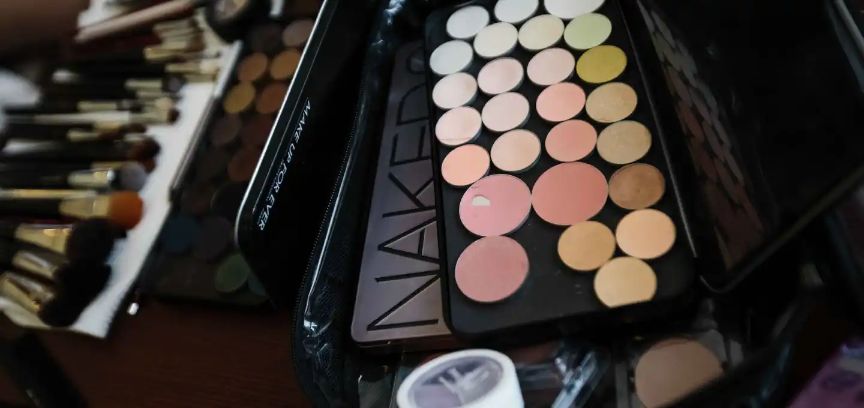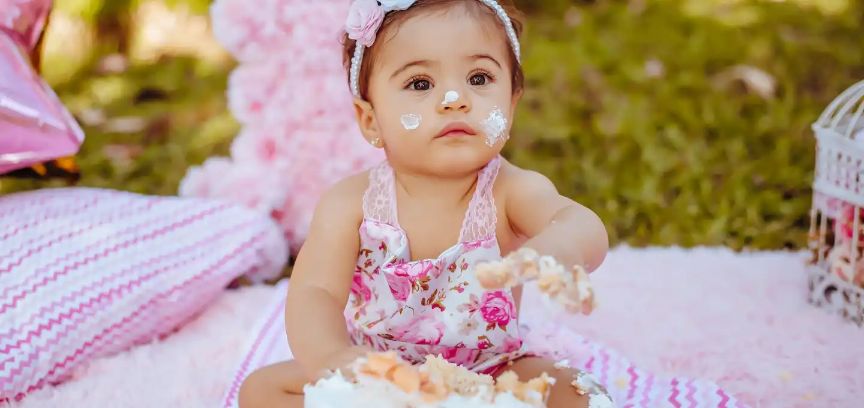The Art of Contouring: Tips and Tricks
6 min read
22 May 2024
Contouring is a makeup technique that can transform your face, enhancing your features and adding dimension. Whether you're a makeup enthusiast or a beginner, mastering the art of contouring is a valuable skill that can elevate your makeup game.
Choosing the Right Products: Contouring products come in various forms, including powders, creams, and sticks. It's essential to select a product that matches your skin tone and is easy to blend. Cream contour products are excellent for dry skin, while powder contour works well for oily skin. Consider your skin type and personal preference when choosing your products.
Understanding Face Shapes: Different face shapes require different contouring techniques. The key is to learn which areas to highlight and which to shade based on your face shape for the most flattering results. For example, if you have a round face, you'll want to create more definition along your jawline and cheekbones. Those with a heart-shaped face may focus on softening the appearance of a broad forehead.

Blend, Blend, Blend: The secret to natural-looking contour is impeccable blending. You can use a makeup brush, sponge, or your fingers to blend your contour lines seamlessly into your skin. Start with gentle, feather-like strokes, and build up the intensity as needed. Blending ensures that there are no harsh lines, creating a more natural and sculpted look.
Strategic Highlighting: Highlighting is an essential companion to contouring. It adds luminosity and radiance to your face. Apply highlighter to the high points of your face, such as the tops of your cheekbones, brow bone, and the tip of your nose. This contrast between the highlighted areas and contoured areas emphasizes your bone structure and adds a healthy glow.
Avoid Overdoing It: When it comes to contouring, remember that less is often more. It's easier to add more product if needed than to correct an overly heavy or cakey contour. Start with a small amount of product, and gradually build it up until you achieve your desired level of definition. Patience is key.
Practice Makes Perfect: Don't be discouraged if you don't nail contouring on your first try. Like any skill, it takes practice. Experiment with different techniques and looks to discover what suits you best. Over time, you'll become more confident and skilled at contouring.
Consider Lighting: Contouring can look different in various lighting conditions. What appears subtle indoors might look more pronounced in natural sunlight. To ensure your contour looks good in all settings, check your makeup in different lighting environments before heading out.
Invest in Quality Tools: Quality brushes and sponges are crucial for precise application and blending. They can make a significant difference in the final result. Invest in good tools that suit your contouring style, whether you prefer a soft and natural contour or a more dramatic one.
Daytime vs. Evening: Keep in mind that daytime and evening makeup looks often require different levels of contouring. For daytime, opt for a subtle contour that enhances your features without appearing heavy. Save the more intense contouring for evening or special occasions when you want a bolder, more defined look.
Stay Updated: Makeup trends, including contouring techniques and products, evolve over time. To keep your makeup skills current and fresh, stay updated on the latest trends and tips. Follow makeup artists and beauty influencers on social media, and don't hesitate to try new techniques.
Conclusion: Sculpt and Shine: Contouring is like an artist's sculpting tool for your face. With the right techniques and products, you can enhance your natural beauty, define your features, and create a radiant, sculpted look that turns heads. Remember that practice and experimentation are key to mastering the art of contouring and finding the perfect technique for your unique face shape and style.
More Articles

Budget-Friendly Baby Fashion: Dressing Your Little One in Style Without Breaking the Bank
5 min read | 13 Jun 2024

DIY Baby Fashion: Creative Ideas for Customizing Your Baby's Wardrobe
6 min read | 12 Jun 2024

Celebrity Baby Style: Get Inspired by Hollywood's Little Fashion Icons
6 min read | 11 Jun 2024
